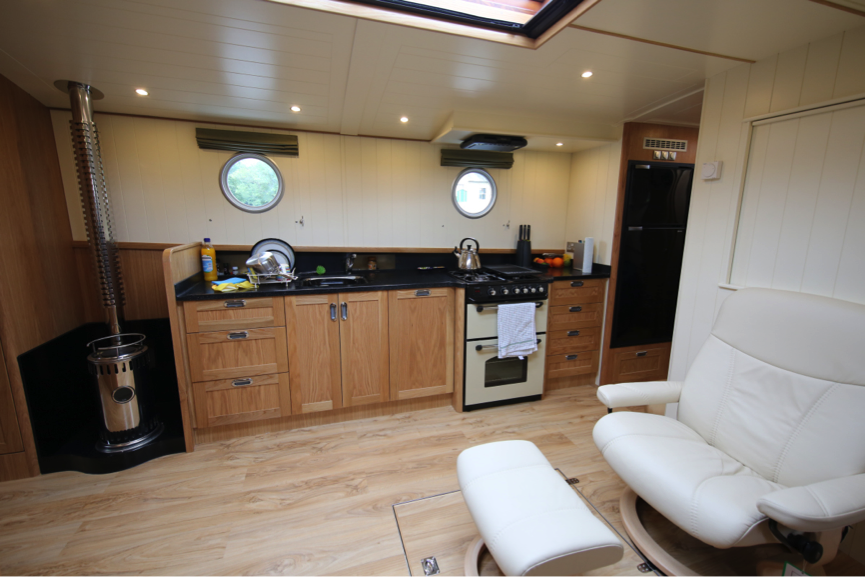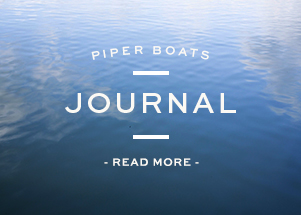I’ve been living on Angela Dawn for 12 weeks now and I’ve been very lucky, the weather this autumn has been exceptional.
Life aboard has been superb so far, very few technical problems most of which can be resolved by a quick phone call of text. Pipers do come out and do repairs, maintenance or modifications when requested. They wait until there’s a group of boats that need attention, which makes sense. I’ve had to change the gearbox and engine oil; the generator is due soon as well. Not particularly difficult just remember to look at the maintenance schedules in the booklets for each bit of kit. You could always pay someone to do this! I’d recommend the Engine Maintenance course run by the River Canal Rescue company
http://www.rivercanalrescue.co.uk/rcr-courses/boat-engine-maintenance/
There’s little I’d change of the design of Angela Dawn, I would suggest an opening porthole for the second cabin / dinette. It gets pretty stuffy in there during warmer nights. I have an oil stove, running that and central heating is unnecessary but each is a good back up for the other. I wouldn’t want to be onboard with no heating.
It’s worth investing in a copy of The River Thames Book by Chris Cove-Smith, mine is 6th edition. This gives good information on moorings and the river generally with detailed maps.
Plastic cruisers and hire boats can be entertaining and a cause for concern. I’ve jumped off when moored several times to “help” a crew moor up that clearly have limited control over the boat. You get to know the sound of their electric thrusters, a bit like the dentist drill.
Handling Angela Dawn single-handed hasn’t yet given me any major problems. I have a 15M rope either side on the bow and 8M either side on the stern. I’ve also two 4.5M ropes for the middle mooring bollards. These are great to hold her for short period such as waiting to enter a lock. The flow of water into the locks varies; side channels near the gates create least turbulence and boat movement. Channels along the length of the side of the lock push the boat to the middle, a lock keeper advised me to let her drift to the middle and pull her back in once most of the water movement had happened. Sluices on the lock gates create most movement first pushing the boat back and then after the waters hit the back of the lock it pushes you forward. This may all sound dramatic but give yourself room from other craft, take your time, it works. The lock keepers keep a close eye on you and can close the sluices if you or they are concerned.
My biggest fear is bridges. My boat is just under 10ft but she has a wide fixed wheelhouse and some of the bridge arches give little clearance. It would be easy to scrape the arch, there’s certainly plenty of evidence of this on the inside of the arches. I approach very slow and make sure I’m lined up with the orientation of the tunnel or back off. I think when the rivers in flow or the level is high I’ll be in the pub.
I’m just loving life on Angela Dawn. It is incredibly comfortable and the pace is slow.
Cheers Dean








